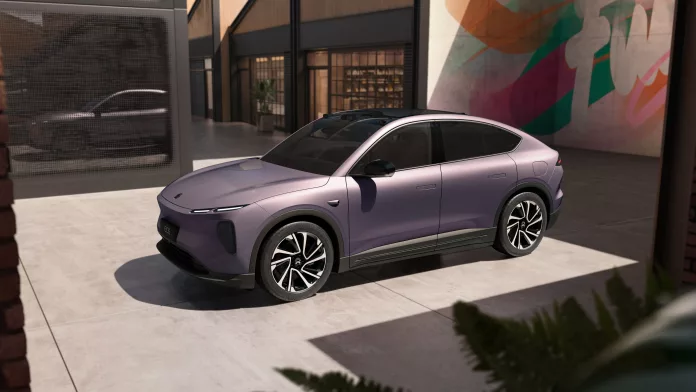Exciting developments in the electric vehicle (EV) industry continue to emerge, particularly in the realm of battery technology. Chinese startup IM Motors is drawing attention with the announcement of an EV equipped with a production-ready solid-state battery, set to begin manufacturing soon. Meanwhile, Robert Zeng, founder of the leading battery manufacturer CATL, offers his insights on the progress of solid-state technology.
Robert Zeng on the Evolution of Battery Tech
Solid-state EV batteries are seen as the next big leap in the industry, promising faster charging, extended range, and increased safety compared to conventional liquid-electrolyte batteries. While these innovations are certainly on the horizon, the technology is complex and the transition will not happen overnight.
CATL, an established name in EV battery innovation, is currently exploring semi-solid technology and collaborating with battery-swapping company NIO to enhance battery longevity. Although solid-state solutions may be in the works, CATL has previously indicated that such batteries might not hit the mainstream until 2035 or later.
Despite some skepticism, the excitement for solid-state batteries is palpable—as evidenced by a recent headline from the Financial Times centered on Robert Zeng’s remarks about their distant commercialization. While full-fledged solid-state EV batteries may still be some years away, CATL’s semi-solid chemistry development is already signaling a major step forward.
IM Motors: Introducing the Solid-State Battery
Formed in 2020, IM Motors, the A-list brand of China’s state-owned SAIC, has made waves with its L7 electric car—touted as the pinnacle of intelligent luxury in the age of AI. While their initial models did not feature a solid-state battery, they have recently unveiled the L6 compact sedan, which boasts the option of a cutting-edge solid-state battery.
According to reports from the 2024 Geneva auto show, the IM L6 boasts impressive features, including rapid acceleration and a choice between a standard lithium-ion or an available solid-state battery, both expected to be ready for the vehicle’s 2025 launch.
More details are promised at the upcoming IM L6 Technology Conference, where the company will reveal specifics about the battery’s design and charging capabilities. However, some industry observers remain cautious, speculating that the mass production of the L6 with a solid-state battery may not be imminent.
Is Semi-Solid the Immediate Answer?
The conversation around EV battery innovation also includes semi-solid technology, which is considered by many to be closer to market readiness. Semi-solid batteries can utilize existing manufacturing facilities, easing the transition from today’s batteries.
Israeli startup StoreDot is a proponent of semi-solid battery technology, emphasizing its advantages for ultra-fast charging while addressing the interface resistance issues that plague entirely solid-state batteries.
On the European front, the HELENA project has made strides toward creating a highly efficient solid-state EV battery featuring a halide electrolyte. This international effort points to a global interest and investment in improving EV battery capabilities.
Overall, while solid-state batteries promise a revolution in EV technology, the journey is gradual. Innovations in semi-solid batteries may pave the way, providing incremental but significant advancements until all-solid-state batteries become a practical reality.


























